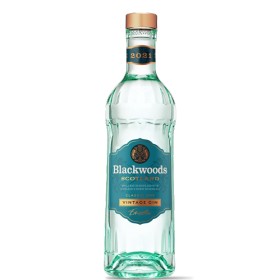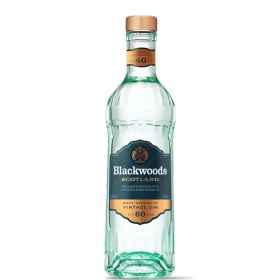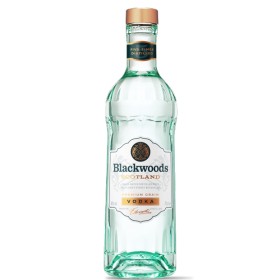- News
- 6467 views

Wine and Distillate for vegan: production, clarification and bottling
Can a vegan drink a wine or distillate? Not always. In order to understand why not all wines and spirits are considered vegan, we need to digress a little into their production and look at the three stages in which substances of animal origin can be used:
- The production of yeasts
- The clarification
- The bottling
The production of yeasts
Wines result from the fermentation of grapes, which can be white or red. Fermentation is that biological process that allows yeasts to transform sugars into alcohol.
Yeasts, and specifically Saccharomyces yeasts, belong to the domain of fungi. Their name derives from the Latin and literally means sugar fungus, which, by fermenting, transforms the sugars in the must into the alcohol in the wine; they are therefore the fundamental element in winemaking and do the crucial work in alcoholic fermentation. Yeasts respond to biological needs and therefore in the must, in order to survive, they carry out fermentation and transform each gram of sugar into 0.62 grams of alcohol, they also develop carbon dioxide during this process, and this is crucial to produce sparkling and semi-sparkling wines by refermentation of the wine.
During fermentation, yeasts also develop Esters, the so-called fermentation aromas, and help release Thiols, which are typical varietal aromas. They also produce glycerol, which gives viscosity and sweetness to the wine and is immediately visible in the glass when, on swirling it, the small arches, also known as tears, form. The function of the yeasts does not end with their death at the end of fermentation, but continues throughout the wine's maturation period because, as the walls are lysed, mannoproteins are released which make the wine rounder and act as protective colloids in tartaric stabilization.
So far so good for the vegans, the problem, if anything, is the state of culture where the yeasts were produced. The culture substrates are not always plant-based, although a malt substrate is generally used. It would then be sufficient to use certified vegan yeasts, but at the moment there is still not a wide choice.
As for distillates, the only thing that changes are the raw material, which is the fruit. In fact, different fruits or vegetables are used to produce different distillates; you can use apples, pears, potatoes, barley, sugar cane, agave, but the process does not vary. At this point we have an alcoholic liquid that is distilled and then, if the recipe calls for it, barrel aged.
Wine clarification process
As for wines, clarification may be necessary, that is, the removal of substances that make it cloudy. Generally, wines undergoing aging clarify naturally, that is, with the passage of time the cloudy particles settle to the bottom of the vats or barrels; other times it is necessary to accelerate the process, and for this purpose additives are commonly used, which precipitate to the bottom of the vats and carry with them all that is in suspension. Other times it is sufficient to use cold. Common additives for clarification include gelatin, isinglass, albumin, casein, bentonite, charcoal, and PVPP. Clarifiers of animal origin are preferred because they are much gentler on the wine and ensure better quality of the final product. Clarifiers of mineral origin, on the other hand, are much more aggressive and assume worse product quality. Every winemaker would prefer not to make clarifiers, given the costs and additional work involved, but this is not always possible. If even one tank in a winery were to be clarified, this would have a ripple effect on the entire production of that wine, and labeling would have to be diversified.
Bottling and Packaging
The third and final point in production where animal substances could be used is packaging. Labels, cartons, capsules, glues and various packaging materials could contain animal substances.
It follows from all this that it is much easier for a distillery to be certified vegan than for a winery, and among wineries it is perhaps easier for a large or a very small one than for a medium-sized one.
It is also understood that by drinking a wine or distillate one certainly does not run the risk of ingesting substances of animal origin, but it may be that they were used in the production of the yeast and are almost certainly present in the packaging.



